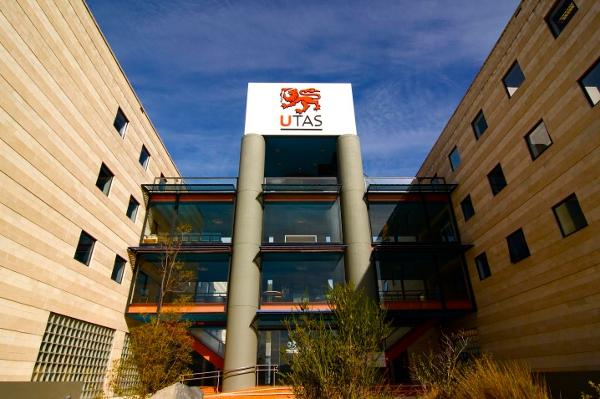
A learning management system is helping the University of Tasmania (UTAS) identify students who may be in distress so the institution can intervene before they fail course units or drop out.
UTAS has replaced its Blackboard learning management software with Desire2Learn’s Brightspace system to support more than 26,000 students across the university.
Teaching staff will soon use the Student Success System (S3) analytics module to gather and analyse data relating to student behaviours and academic results over time at course and institutional levels.
This early warning system will enable lecturers to measure a student’s current academic performance across course units compared to previous years, as well as their social interactions with other students and lecturers.
This will allow them to determine at-risk students so they can take the necessary action to provide the required support.
UTAS’ CIO Jeff Murray said student issues could range from limited access to technology or library services to a broader set of problems that may require help from academic staff, psychologists or medical people.
“With student numbers of 25 to 1 in some universities – here we are around 15 to 1 – but some unit coordinators may teach large cohorts of several hundred [students], so it’s much harder to see specific performance at an individual level,” he said.
“This tool does that in an automated sense,” he said.
UTAS rolled out the S3 learning analytics module in December 2013 to a small cohort of 20 users under a pilot trial. The system is being expanded across the university over the next six months.
“We are starting with compulsory use of the Gradebook in Desire2Learn for all of our online units,” said Murray.
Helping students succeed
The university’s ultimate goal is to improve student retention rates, said Murray.
The university will also examine data indicators around the university’s existing content, how students interact with this material and what aspects of courses are having the most influence on student success, he said.
“The learning analytics doesn’t do all of this on its own. We are going to be building dashboards that incorporate the use of the library, the networks and online materials. We will … build up a rich picture of what are the key indicators of a student’s success.”
Social mapping
The system also provides ‘social maps’ that show interactions between students in the classroom. This will help lecturers assess and award students for their interactions and involvement in the class, he said.
“That’s quite a rich enhancement to online learning which has been seen as perhaps less social than face to face.
Read more: ICT misses out in govt's 'pathetic' university funding
“Our primary focus is getting data around the assessments across the whole institution but I see in the next few years that social interactivity will grow in its adoption and usefulness in the learning process,” he said.
Follow CIO Australia on Twitter and Like us on Facebook… Twitter: @CIO_Australia, Facebook: CIO Australia, or take part in the CIO conversation on LinkedIn: CIO Australia
Follow Byron Connolly on Twitter:@ByronConnolly
Join the CIO Australia group on LinkedIn. The group is open to CIOs, IT Directors, COOs, CTOs and senior IT managers.
